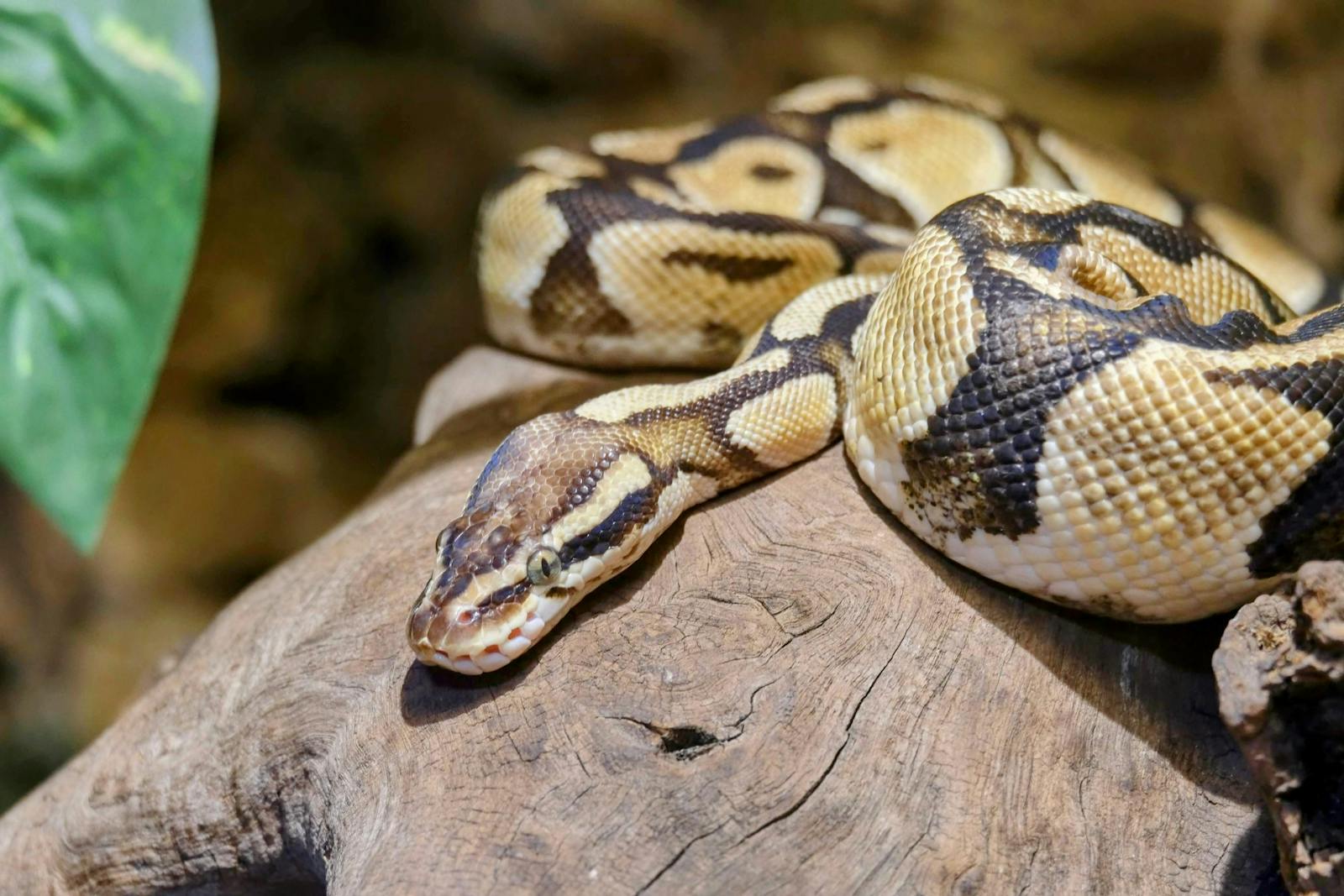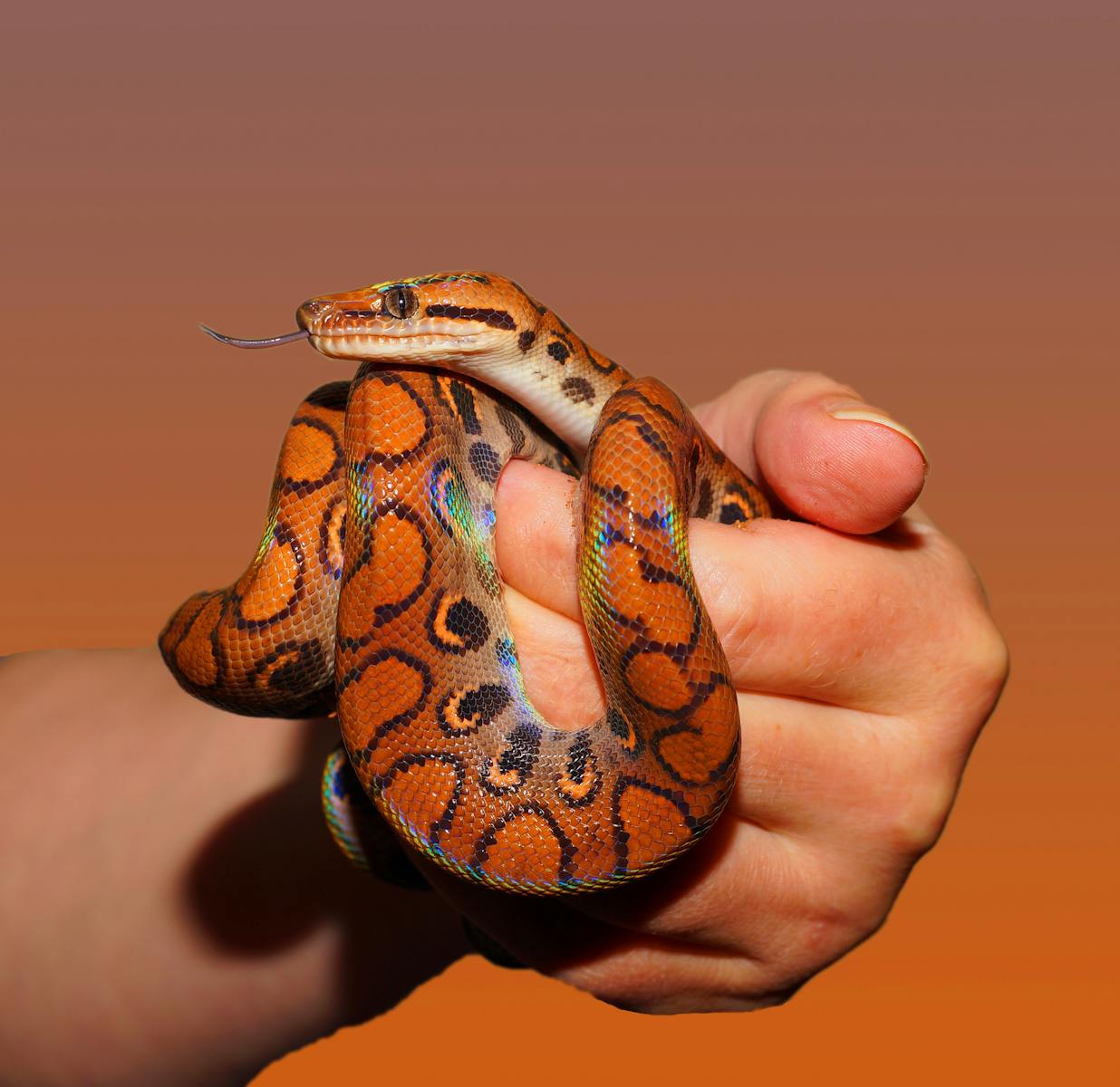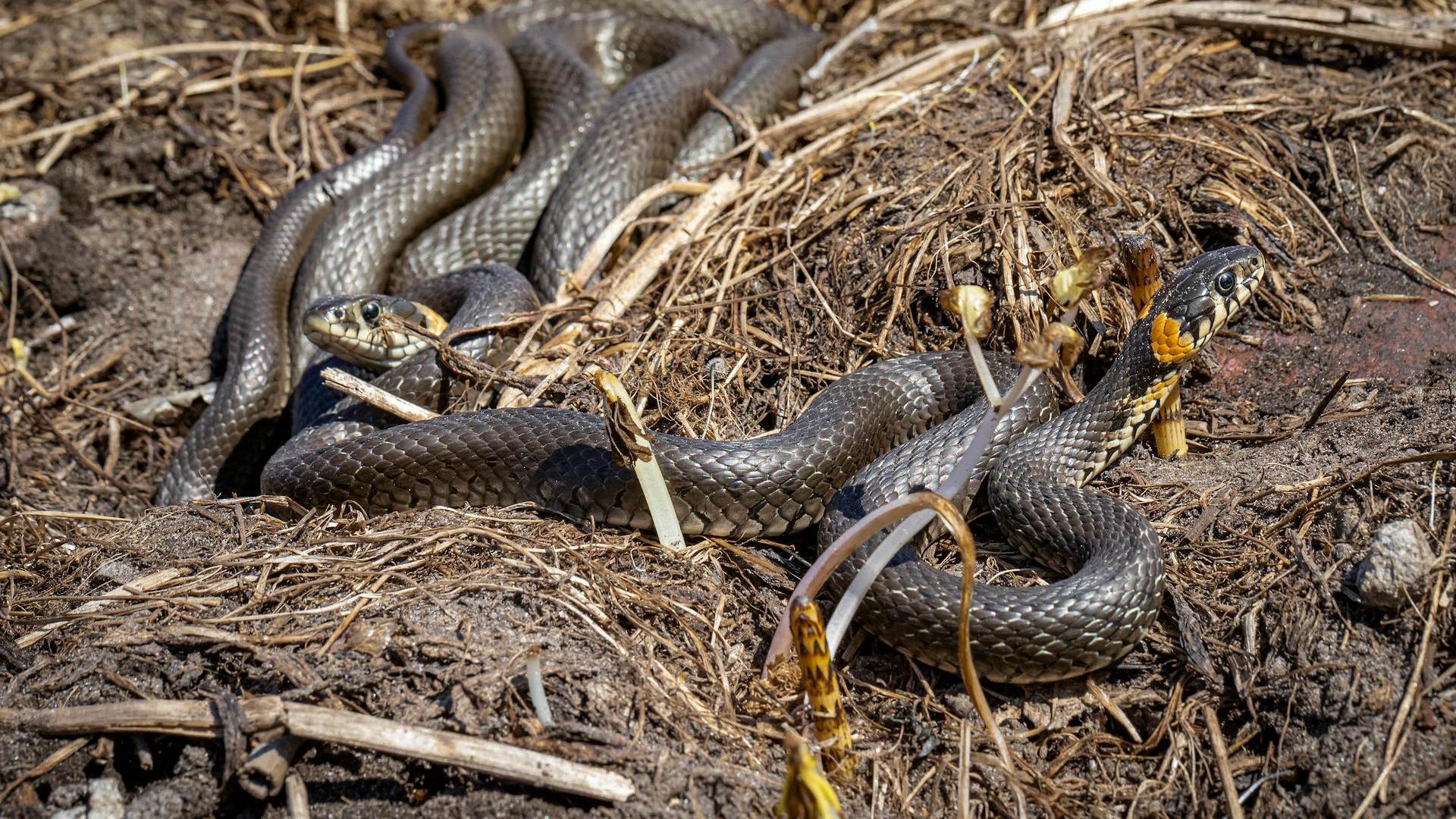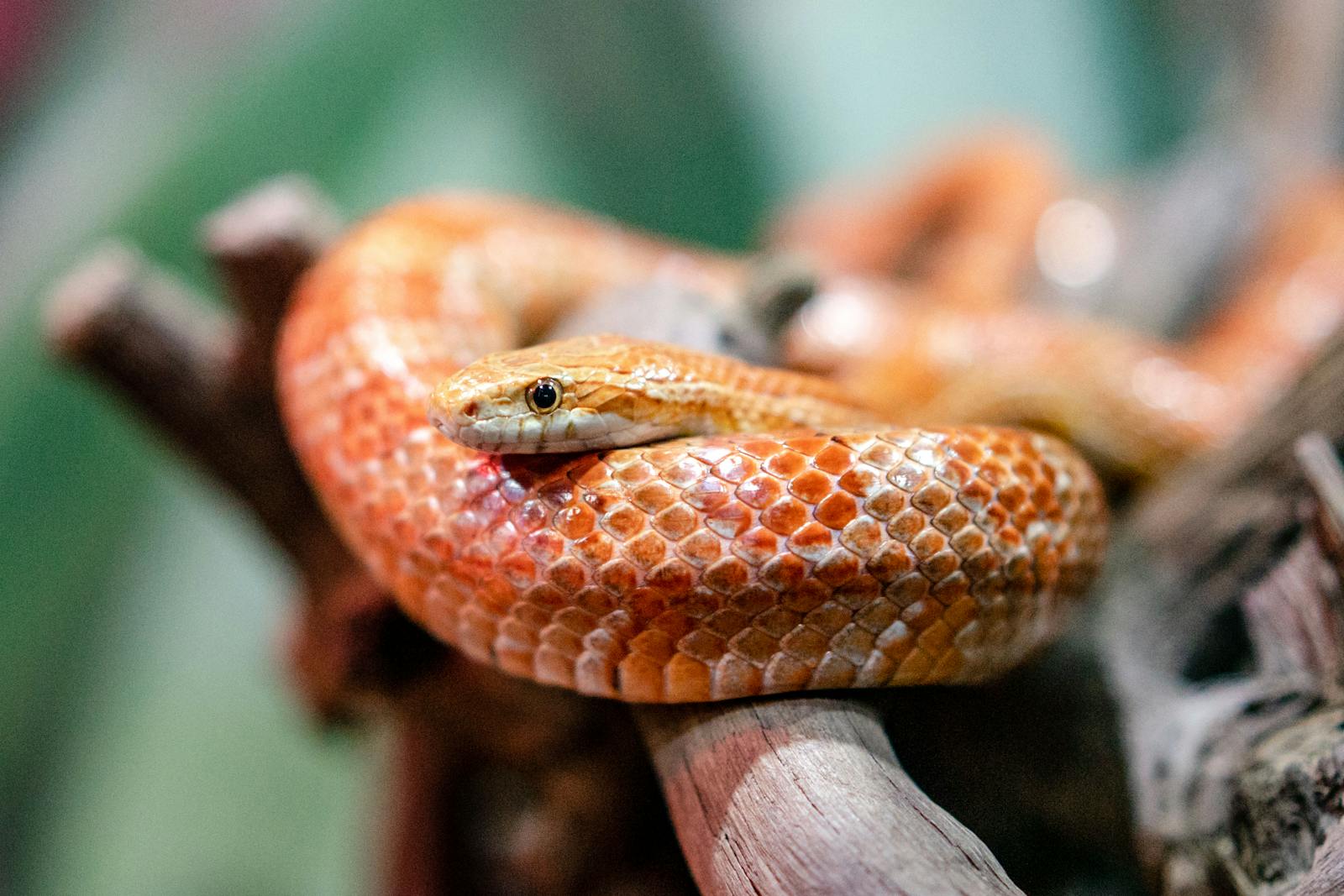Ball pythons are among the most beloved pet reptiles for their docile temperament, manageable size, and striking morphs. Native to West and Central Africa, these snakes have become popular companions in homes around the world. As with any pet, proper care is essential for their health and happiness. Ball pythons can live 20-30 years in captivity when provided with appropriate husbandry, making your commitment to their wellbeing a long-term investment. The following care tips will help ensure your ball python thrives in its home environment, displaying natural behaviors and maintaining optimal health throughout its life.
1. Create the Perfect Enclosure Setup
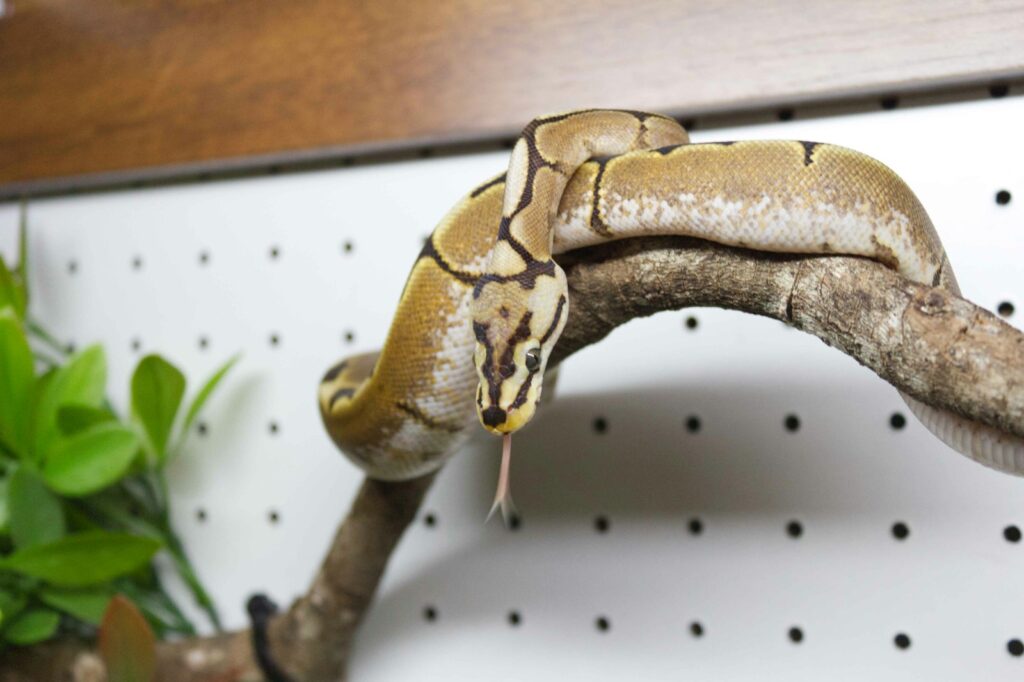
The foundation of ball python care begins with an appropriate enclosure. Adult ball pythons require a minimum of a 40-gallon tank or similarly sized enclosure (approximately 36″ x 18″ x 12″), though larger is always better. Glass terrariums, PVC enclosures, or custom-built wooden vivariums all make suitable homes. Ensure the enclosure has a secure, escape-proof lid as these snakes are surprisingly strong and can push their way out of loose-fitting tops. The enclosure should include proper ventilation to maintain air quality while still holding heat and humidity. For younger snakes, smaller enclosures may be preferable as they can become stressed in overly spacious environments, but be prepared to upgrade as your python grows.
2. Maintain Proper Temperature Gradients
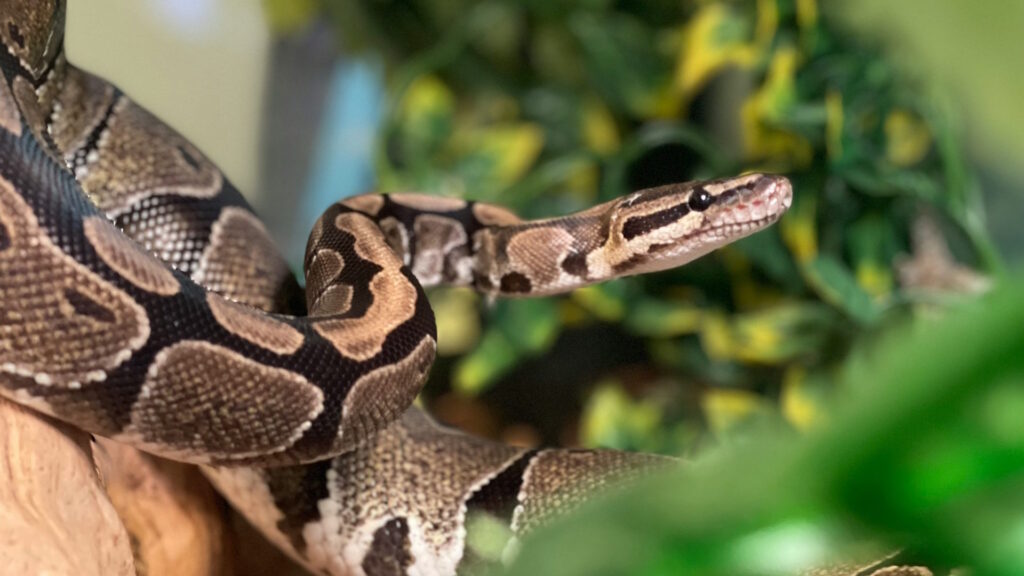
Ball pythons require a temperature gradient to properly regulate their body temperature, which is crucial for digestion and overall health. The warm side of the enclosure should be maintained between 88-92°F (31-33°C), while the cool side should range from 75-80°F (24-27°C). A basking spot of around 95°F (35°C) can be beneficial. Heat can be provided through under-tank heaters (UTHs), ceramic heat emitters, radiant heat panels, or deep heat projectors, all controlled by quality thermostats to prevent overheating. Never use heat rocks, as they can cause serious burns. Use digital thermometers or temperature guns to regularly monitor temperatures at both ends of the enclosure, as well as the basking spot, to ensure your python can thermoregulate effectively.
3. Control Humidity Levels
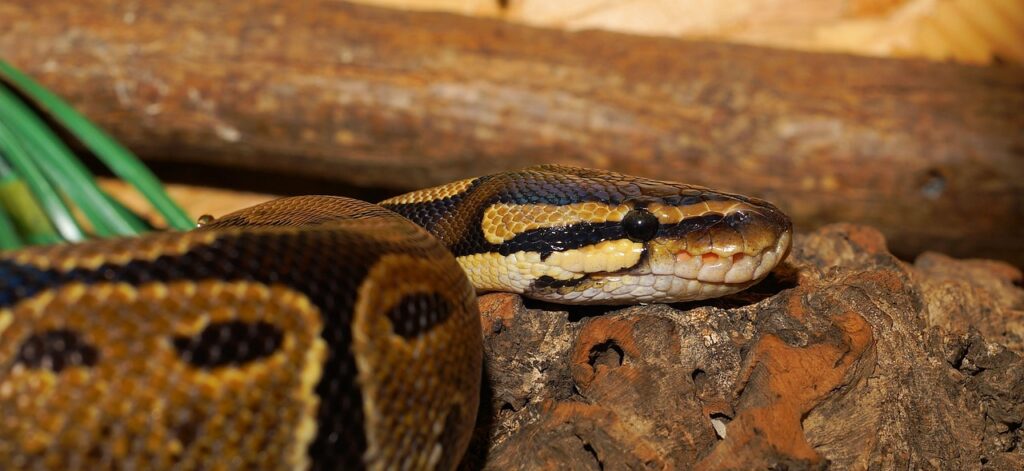
Maintaining proper humidity is essential for preventing respiratory infections and ensuring successful shedding. Ball pythons require a humidity level of 50-60% most of the time, which should be increased to 60-70% during shedding periods. A large water dish can help maintain ambient humidity through evaporation, while misting the enclosure can provide temporary humidity boosts when needed. Humidity-retaining substrates like coconut husk, cypress mulch, or orchid bark also help maintain appropriate moisture levels. Install a quality hygrometer to monitor humidity levels consistently, as both too dry and too damp conditions can lead to health issues. If you notice your python struggling with incomplete sheds (retained eye caps or patches of skin), this is often a sign that humidity levels are insufficient.
4. Provide Appropriate Hides and Enrichment

Ball pythons are naturally shy and secretive animals that feel most secure when they have adequate hiding places. At minimum, provide two secure hides—one on the warm side and one on the cool side—so your snake can regulate its temperature while still feeling protected. These hides should be snug but not cramped, with only one entrance to create a feeling of security. Beyond basic hides, environmental enrichment through climbing branches, cork bark flats, artificial or live plants, and terrain variations can encourage natural behaviors and activity. Some ball pythons enjoy climbing, so providing sturdy branches or snake-safe vines can add vertical space. Regularly rearranging these enrichment items (while maintaining the consistent placement of primary hides) can stimulate curiosity and exploration.
5. Choose the Right Substrate
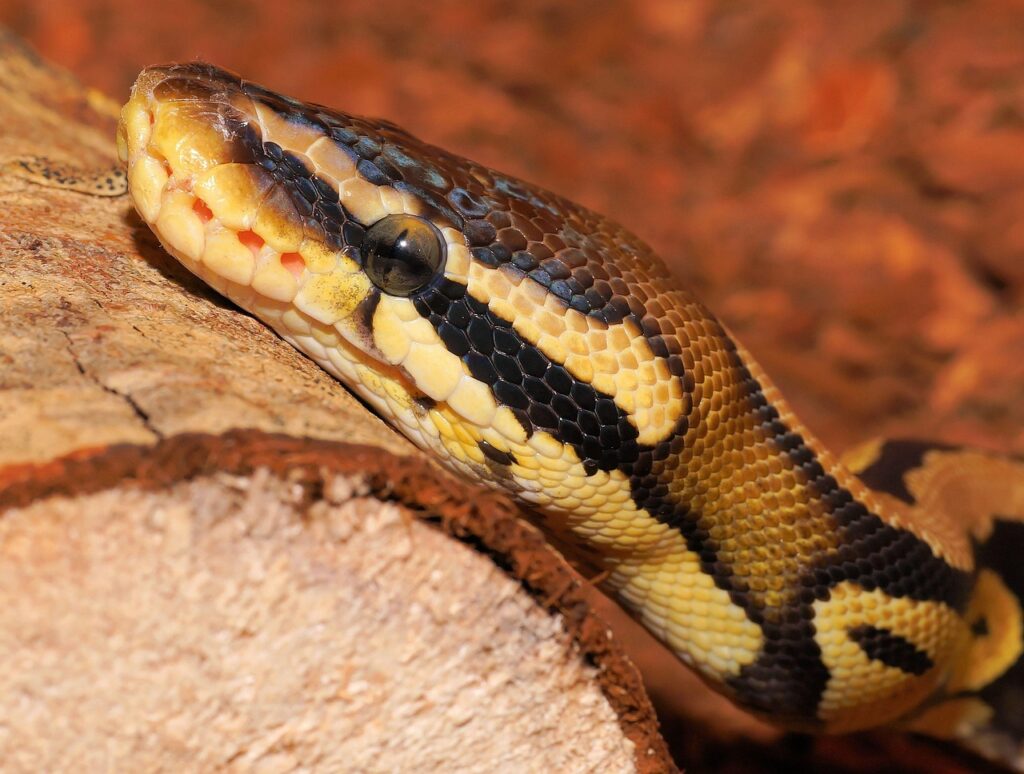
Selecting an appropriate substrate is crucial for maintaining proper humidity and allowing natural behaviors like burrowing. Recommended substrates include cypress mulch, coconut fiber, orchid bark, or reptile-specific soil mixtures. Avoid cedar and pine substrates, which contain aromatic oils that can be toxic to reptiles. Paper towels or newspaper can be used for quarantine setups or when monitoring health issues, though they’re less aesthetically pleasing and require more frequent changing. Substrate should be at least 2-3 inches deep to allow for burrowing behavior and to help maintain humidity levels. Regular spot cleaning should be performed to remove waste, with complete substrate changes every 1-3 months depending on enclosure size and the snake’s habits.
6. Establish a Proper Feeding Routine
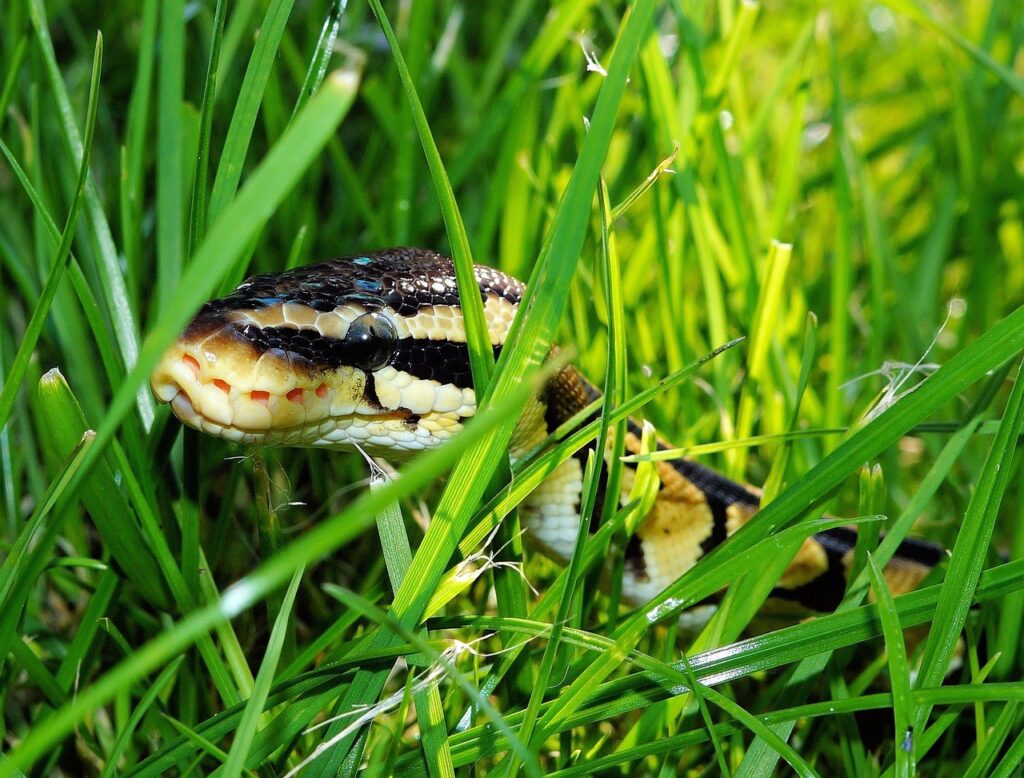
Developing a consistent feeding routine appropriate to your ball python’s age and size is essential for proper growth and health. Juvenile ball pythons (under one year) typically eat once every 7-10 days, while adults can be fed every 10-14 days or even less frequently for larger meals. The prey size should be approximately 10-15% of your snake’s body weight, with the prey item being equal to or slightly larger than the widest part of the snake’s body. Most ball pythons thrive on a diet of appropriately sized mice or rats, which should be offered pre-killed and thoroughly thawed to room temperature to prevent injury to your snake and to reduce the risk of feeding response aggression. Always use feeding tongs to offer prey, never your hands, to avoid accidental bites during feeding response.
7. Handle with Care and Consistency
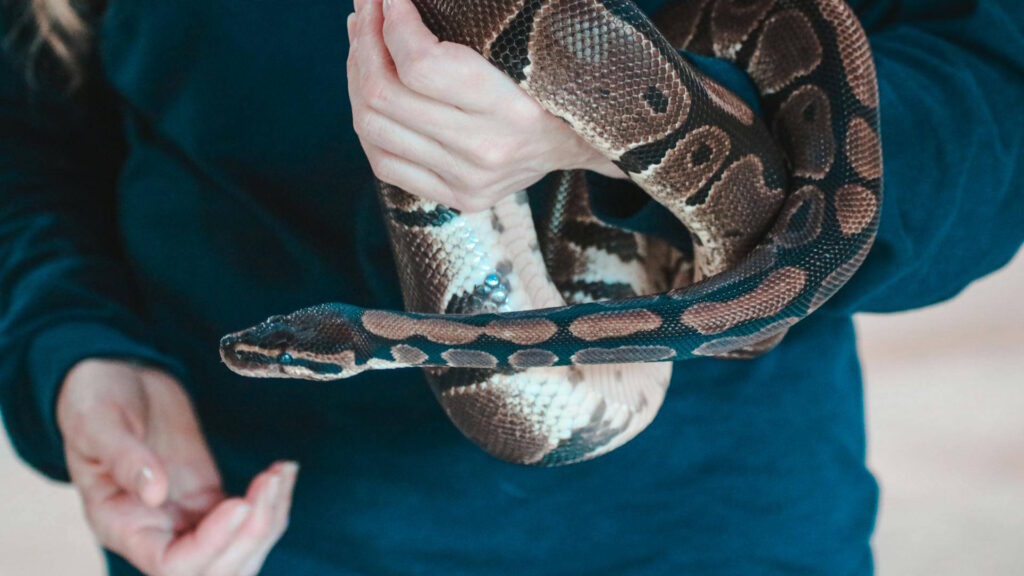
Proper handling is key to developing trust with your ball python and ensuring it remains comfortable with human interaction. Begin handling sessions when your snake is well-established in its enclosure, typically waiting at least two weeks after bringing it home. Keep initial sessions brief, just 5-10 minutes, gradually increasing to 15-20 minutes as your snake becomes more comfortable. Always support your python’s body, especially the heavier mid-section, and never grab or restrain it from above, which mimics predator behavior. Avoid handling for 24-48 hours after feeding to prevent regurgitation, and recognize signs of stress such as defensive posturing, hissing, or excessive movement, which indicate your snake needs a break. Consistent, gentle handling several times weekly helps maintain socialization, though some individuals may always prefer minimal interaction.
8. Monitor Health and Recognize Issues Early

Regular health monitoring can catch potential problems before they become serious. Perform weekly visual inspections of your ball python, looking for clear eyes, clean vent area, smooth skin (not near shedding), alert behavior, and proper breathing without wheezing or bubbling. Weigh your snake monthly to track growth patterns or identify unexpected weight loss, which can indicate health problems. Common issues to watch for include respiratory infections (symptoms include wheezing, bubbling around nostrils, open-mouth breathing), mites (tiny black dots moving on skin), stuck shed (particularly on tail tip or eye caps), and mouth rot (inflammation or discoloration of mouth tissues). Establish a relationship with a reptile-savvy veterinarian before emergencies arise, and schedule annual wellness exams to ensure your python remains in optimal health.
9. Understand and Respect Shedding Cycles
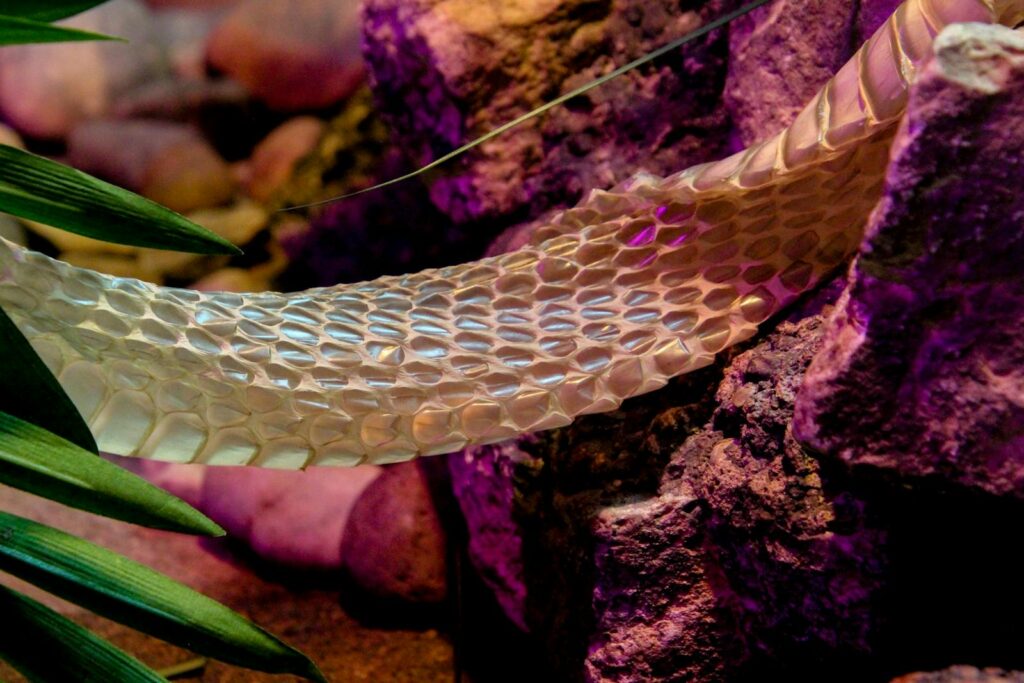
The shedding process is a natural part of a snake’s growth and health, occurring roughly every 4-6 weeks for juveniles and every 1-3 months for adults. Learn to recognize pre-shed signs, including dulling/clouding of the eyes (“blue phase”), followed by clearing, and overall dull skin appearance. During this time, increase humidity to 70-80% to facilitate a complete, one-piece shed. Provide a “humidity hide” filled with damp sphagnum moss where your python can retreat to ease the shedding process. Avoid handling during the shedding process as it can be stressful and uncomfortable for the snake. After shedding, always examine the shed skin to ensure it’s complete, paying particular attention to eye caps and tail tip, which can sometimes be retained and require veterinary intervention if not resolved with humidity adjustments.
10. Keep Accurate Records
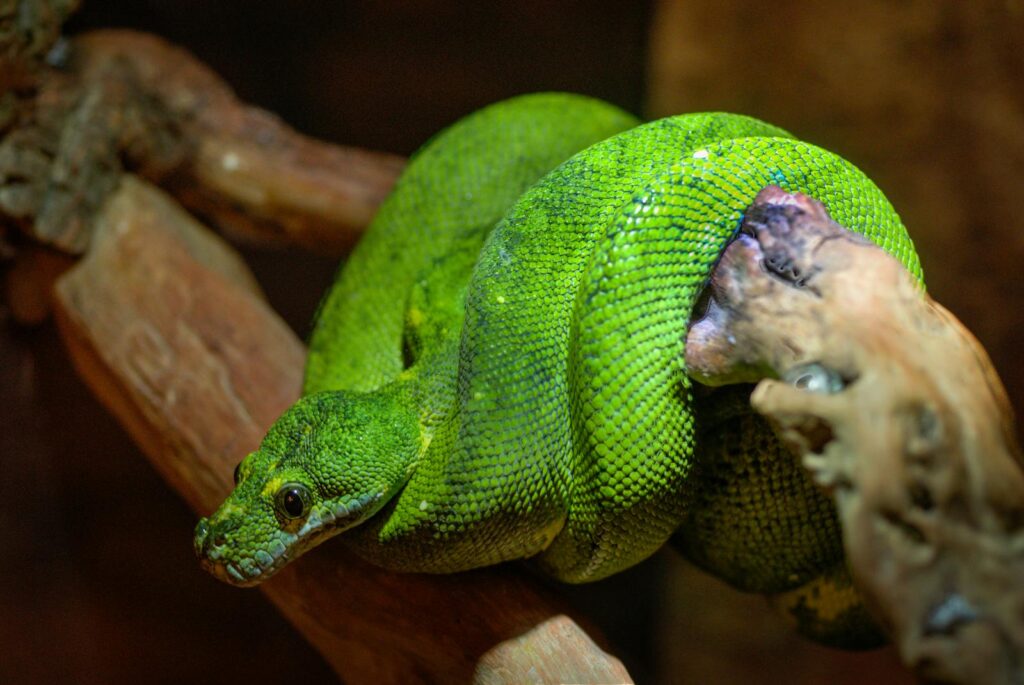
Maintaining detailed records of your ball python’s care helps establish patterns and identify potential issues early. Document feeding dates, prey size, and whether meals were accepted or refused, as seasonal appetite changes are normal but prolonged refusal can indicate problems. Track weight measurements monthly to ensure healthy growth in juveniles or weight maintenance in adults. Record shedding dates and the quality of sheds, noting any difficulties or incomplete sheds that might indicate husbandry issues. Keep a log of any unusual behaviors, bowel movements, or health concerns, along with any adjustments made to enclosure conditions. These records become invaluable when communicating with veterinarians and provide crucial context for understanding your individual snake’s preferences and patterns over its long lifespan.
11. Practice Consistent Cleaning Protocols
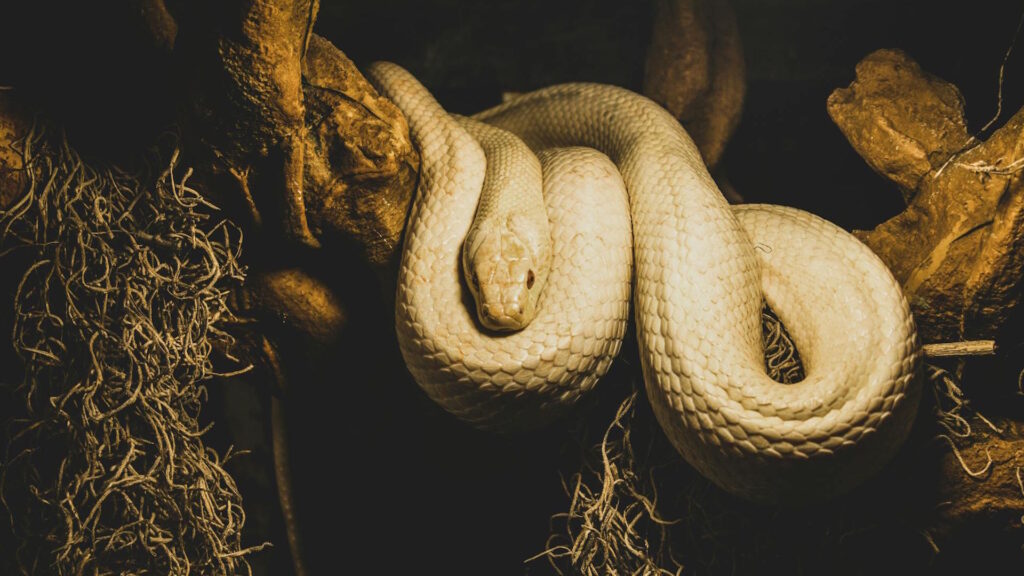
Maintaining a clean habitat is fundamental to preventing disease and ensuring your ball python’s health. Spot clean the enclosure whenever you notice waste or soiled substrate, generally checking daily for feces or urates (the white, chalky component of reptile waste). Clean and disinfect water bowls at least twice weekly, as bacteria can quickly colonize standing water. Perform partial substrate changes monthly, removing the top layer while leaving some familiar substrate to reduce stress. Conduct deep cleanings with complete substrate replacement every 1-3 months, depending on enclosure size and the snake’s habits. During deep cleanings, disinfect all surfaces and décor with a reptile-safe disinfectant such as diluted chlorhexidine solution or a commercial reptile habitat cleaner, making sure to thoroughly rinse and dry everything before returning it to the enclosure to prevent chemical exposure.
12. Respect Seasonal Behavior Changes
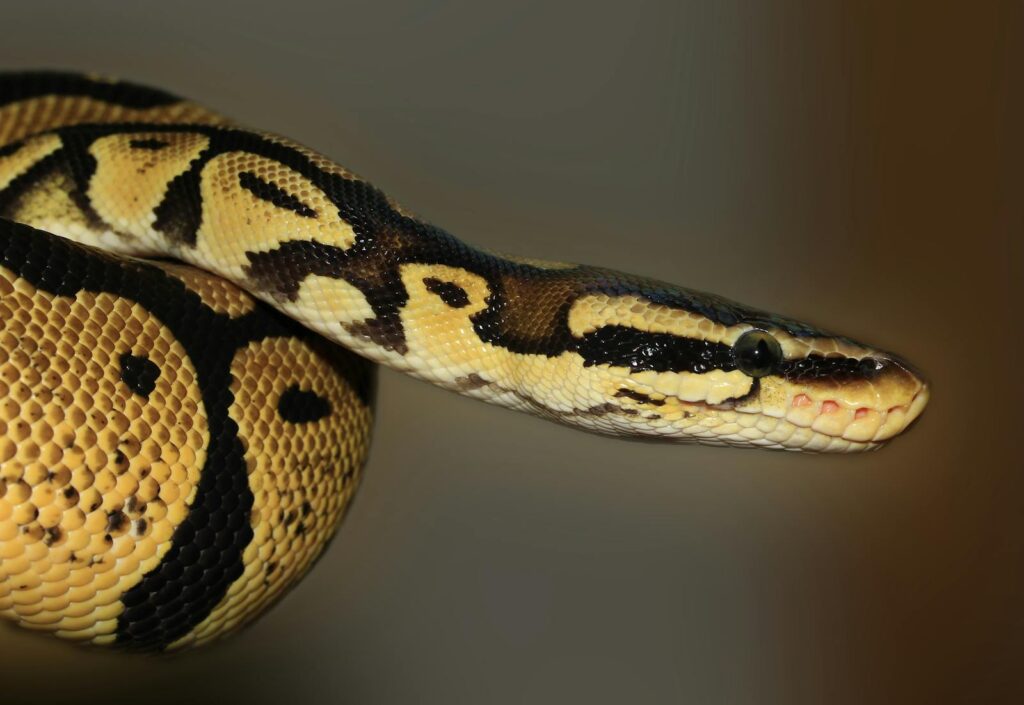
Ball pythons often exhibit seasonal variations in behavior that reflect their natural cycles in the wild, even in captivity with controlled conditions. Many ball pythons go through winter fasting periods where they may refuse food for weeks or even months, typically during the cooler seasons. This is generally normal behavior and not cause for concern if the snake maintains weight and otherwise appears healthy. Breeding behaviors may also manifest seasonally, with males becoming more active and females potentially refusing food during breeding season, even without a mate present. Some ball pythons may become more secretive or less interested in handling during certain times of year. Understanding these natural rhythms helps prevent unnecessary worry about normal behavioral variations and allows you to adapt care routines to your snake’s changing needs throughout the seasons.
Caring for a ball python is a rewarding experience that combines science, observation, and compassion. By following these essential care tips, you’ll create an environment where your ball python can thrive physically and behaviorally. Remember that each snake has its own unique personality and preferences—what works for one may need adjustment for another. The key to success lies in staying informed, observing your pet closely, and responding to its individual needs. With proper care, your ball python can be a fascinating companion for decades, showcasing the remarkable adaptations of these gentle reptiles while forming a unique bond with its keeper.

